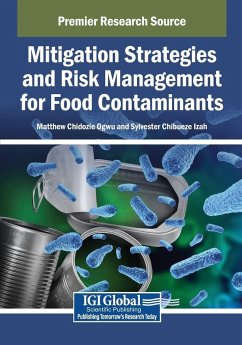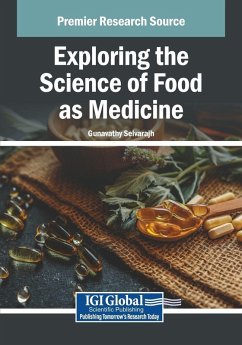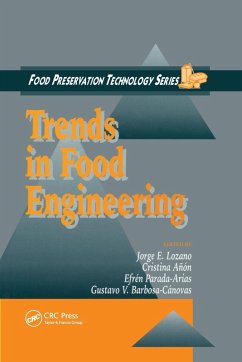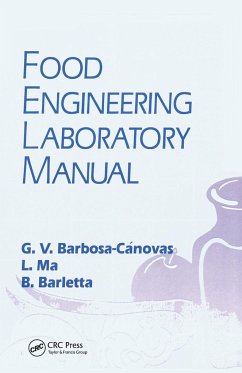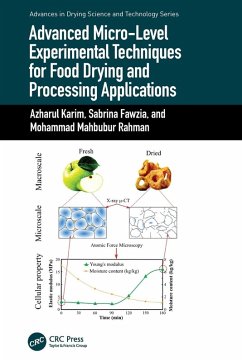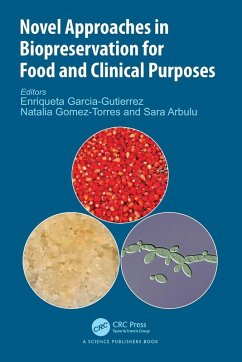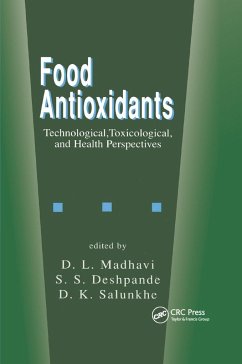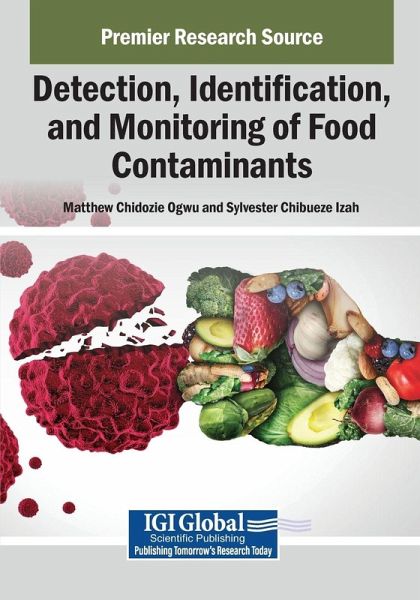
Detection, Identification, and Monitoring of Food Contaminants
Versandkostenfrei!
Versandfertig in 1-2 Wochen
201,99 €
inkl. MwSt.

PAYBACK Punkte
101 °P sammeln!
The detection, identification, and mitigation of food contaminants are critical in food safety and public health. Contaminants enter the food supply chain at several points, from production and processing to storage and distribution. Advances in analytical techniques, such as spectroscopy, chromatography, and molecular diagnostics, improve the ability to detect and identify harmful substances in food. Once identified, effective mitigation strategies, including regulatory controls, good manufacturing practices, and advanced decontamination technologies, are essential to reduce risk and prevent ...
The detection, identification, and mitigation of food contaminants are critical in food safety and public health. Contaminants enter the food supply chain at several points, from production and processing to storage and distribution. Advances in analytical techniques, such as spectroscopy, chromatography, and molecular diagnostics, improve the ability to detect and identify harmful substances in food. Once identified, effective mitigation strategies, including regulatory controls, good manufacturing practices, and advanced decontamination technologies, are essential to reduce risk and prevent foodborne illnesses. This approach plays a pivotal role in maintaining consumer confidence and safeguarding global food systems. Detection, Identification, and Monitoring of Food Contaminants explores the latest and most critical developments in the detection, identification, and mitigation of food contaminants that have recently surfaced or have been under-recognized. It presents current research methodologies, new technologies, and innovative approaches for addressing food contamination, and proposes strategies for improving food safety across the global food system. This book covers topics such as genetics, microplastics, and water quality, and is a useful resource for business owners, engineers, biologists, academicians, researchers, and environmental scientists.



